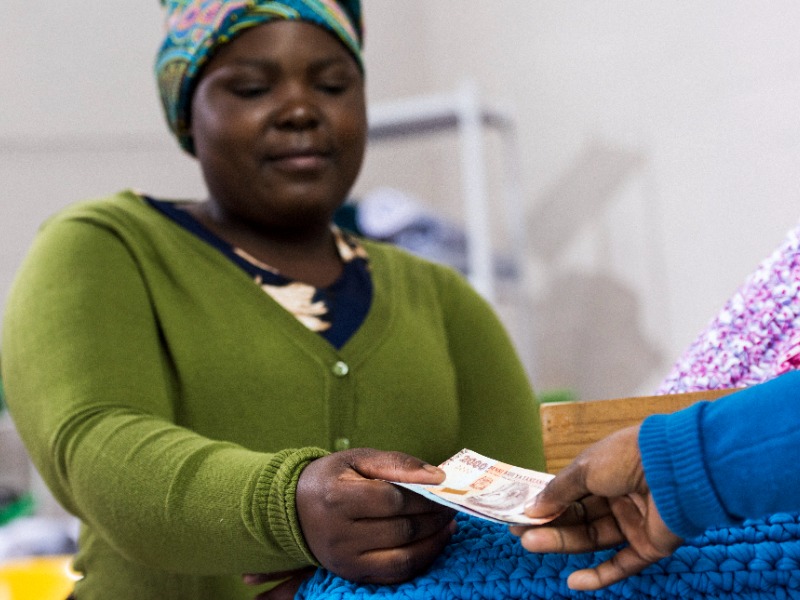Depending on which research you read there are somewhere between 2 and 3 billion people without access to financial services, including the small, medium and micro-enterprises (SMME) segment of the market. In the USA, this market segment on its own paid $189 Billion in fees to alternative suppliers. With the move to digital this segment of the market will become even more marginalised and will aggressively seek out alternatives.
There is no question, despite protestations from certain quarters, that cash is on the decline as we move rapidly towards an increasingly cashless world. IN the UK as an example, over the last period 6000 ATM’s have been closed. There has been a 38% decline in cash withdrawals. 50% of branches across Europe have been closed.
Cash represented 13% of in store purchases and this is predicted to reduce to 7% by 2023.
It is predicted however that there will be a 9000% increase in digital transactions by 2022 representing an increase in volume in digital transactions of 400 billion which will be worth $7 trillion.
Bringing this to Africa, research by Mastercard estimates that 50% of Africans are e-commerce enabled and that there is 60% smartphone penetration. However, Bank payment revenue is expected to be displaced to the tune of $280 billion as alternative payment providers enter the scene. The E-commerce market, all facilitated by digital payments, is estimated to be worth $15 trillion by 2029.
All of this begs the questions as to what is going to happen to what we traditionally called the unbanked, as they increasingly face signs in stores that say – “Cash not accepted here”
David Birch, the internationally-recognised thought leader in digital identity and digital money, believes that typical bank products designed in the 18 century, simply cannot satisfy the needs of today’s market. The result is a situation where some of the banked, most of the underbanked and all of the unbanked are turning to alternative providers because the traditional banks cannot or will not deliver services that customers actually want and need. One only has to look at the number and growth of money transfer services to illustrate this point.
People perhaps want payments – not banking and it would appear that most innovation and disruption comes in the payments landscape.
We all know that payments involve both issuing and acceptance but the lines between the two are becoming increasingly blurred. We also know that SMME’s are the backbone of every economy and they need to be able to accept digital payments if they are to be included as part of economic society. Innovations such as Tap-On-Phone provide merchants with a very cost effective and secure way to accept payments with no investment in hardware or associated maintenance costs.
There is an enormous opportunity out there as we gallop along this digital express way, but we have to ensure that everyone is on board and catered for.



